Arranging furniture is both an art and a science. It’s not just about fitting all your pieces into a room—it’s about creating a layout that enhances movement, promotes comfort, and fosters a sense of harmony. A well-planned furniture arrangement can completely transform how you experience your space.
I’ll admit, when I first moved into my apartment, I made the classic mistake of pushing all my furniture up against the walls to “maximize space.” Spoiler alert: it didn’t work. The room felt awkward and disconnected. After experimenting with different layouts, I finally achieved that magical balance where everything felt cohesive and the flow was seamless. Here’s how you can do the same.
Why Furniture Flow Matters
- Improves Functionality: Proper arrangements make it easier to navigate and use your space.
- Enhances Comfort: A good layout feels inviting and encourages relaxation.
- Boosts Aesthetics: Thoughtful placement highlights your furniture and decor.
- Promotes Socialization: Arrangements that encourage conversation create a more welcoming environment.
1. Define the Room’s Purpose
Why It’s Crucial:
The way you arrange furniture should support the primary function of the room.
How to Do It:
- In a living room, prioritize seating arrangements for conversation.
- In a bedroom, center the layout around the bed for relaxation.
- In a home office, position your desk for productivity and good lighting.
Pro Tip: Consider how you want people to interact with the space—whether it’s a cozy nook for reading or a lively area for entertaining.
2. Start with a Focal Point
Why It’s Essential:
A focal point anchors the room and guides furniture placement.
How to Do It:
- Center seating around a fireplace, TV, or large window.
- Use a statement piece, like an oversized artwork or shelving unit, as a visual anchor.
- In open-concept spaces, create separate focal points for each zone.
Pro Tip: Avoid cluttering the focal point; keep it simple and let it shine.
3. Create Pathways for Easy Movement
Why It Improves Flow:
Clear pathways prevent the room from feeling cramped and make it easy to move around.
How to Do It:
- Leave at least 2-3 feet of space for walkways around furniture.
- Avoid placing furniture in direct traffic paths (e.g., between the door and other areas).
- In small spaces, opt for compact furniture to keep pathways open.
Pro Tip: Use rugs or flooring patterns to subtly guide foot traffic.
4. Arrange for Conversation
Why It Enhances Connection:
Creating a layout that encourages face-to-face interaction makes your space more inviting.
How to Do It:
- Position sofas and chairs so they face each other, ideally 6-8 feet apart.
- Use a coffee table or ottoman as a central gathering point.
- Angle furniture slightly to soften the layout and promote intimacy.
Pro Tip: In larger spaces, create multiple conversation areas for versatility.
5. Balance the Room
Why It Feels Right:
An unbalanced room can feel off, even if you can’t pinpoint why.
How to Do It:
- Distribute furniture evenly around the room to avoid heavy or empty areas.
- Pair large pieces (e.g., a sofa) with smaller ones (e.g., a side table) for visual harmony.
- Use accessories like plants, lamps, or artwork to balance asymmetrical arrangements.
Pro Tip: If one side of the room feels heavier, add a tall item, like a bookshelf, to the opposite side.
6. Play with Scale and Proportion
Why It Matters:
Furniture that’s too large or small for a space can disrupt the flow.
How to Do It:
- Choose pieces that fit the room’s dimensions—large furniture for big spaces, compact pieces for smaller rooms.
- Use a mix of heights and sizes to add visual interest without overwhelming the space.
- Avoid overcrowding by leaving enough breathing room between items.
Pro Tip: Measure your room and furniture before purchasing to ensure a proper fit.
7. Anchor the Layout with a Rug
Why It Works:
A rug defines a space and helps anchor the furniture arrangement.
How to Do It:
- Use a large area rug that fits all major furniture pieces (e.g., sofa and chairs) in the living room.
- Center the rug under the bed in the bedroom, extending it beyond the sides for a cozy feel.
- In open-concept layouts, use rugs to distinguish separate zones.
Pro Tip: Keep at least 12-18 inches of floor space visible around the rug’s edges.
8. Use Multi-Functional Furniture
Why It Boosts Flow:
Multi-functional pieces save space and reduce clutter, improving the overall layout.
How to Do It:
- Use a storage ottoman as both seating and a place to stow blankets.
- Opt for a sofa bed in a guest room or small apartment.
- Choose a dining table with built-in storage for dishes or linens.
Pro Tip: Look for furniture with clean lines and a minimalist design to keep the space feeling open.
9. Experiment with Angles
Why It Adds Interest:
Angling furniture creates a dynamic layout and breaks up rigid lines.
How to Do It:
- Place chairs or a sectional at a slight angle to the main wall or focal point.
- Angle a desk in a corner to maximize space and create a unique setup.
- Use a diagonal rug or artwork to complement angled furniture.
Pro Tip: Don’t overdo it—one or two angled pieces are enough to create interest.
10. Adjust and Adapt
Why It’s Essential:
Your needs and preferences may change over time, so flexibility is key.
How to Do It:
- Rearrange furniture periodically to refresh the space and improve functionality.
- Use modular or lightweight pieces that are easy to move.
- Incorporate adjustable elements, like extendable tables or stackable chairs.
Pro Tip: Take time to live in the space and see how the arrangement feels before committing.
Picture Gallery

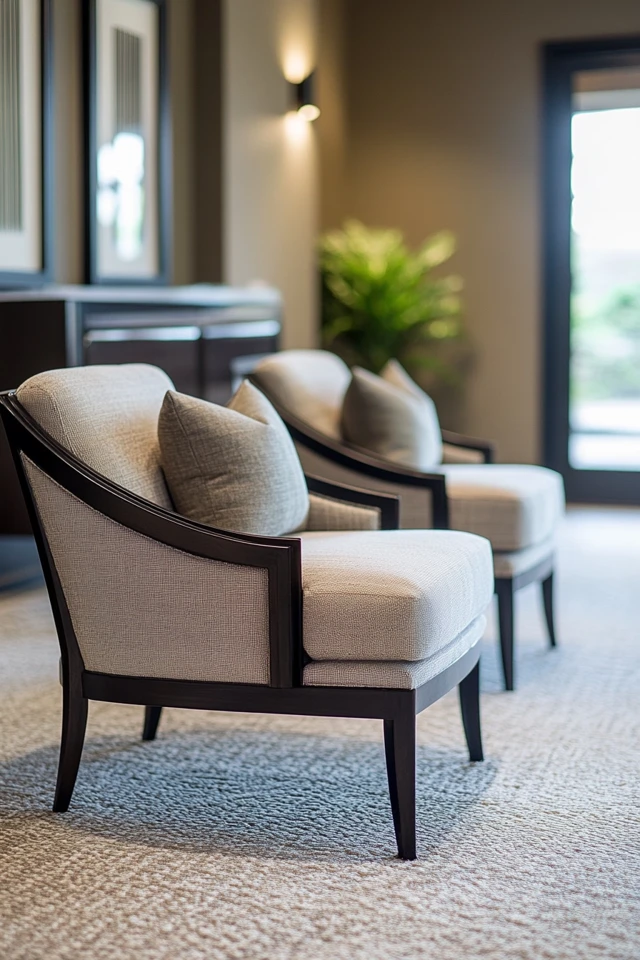
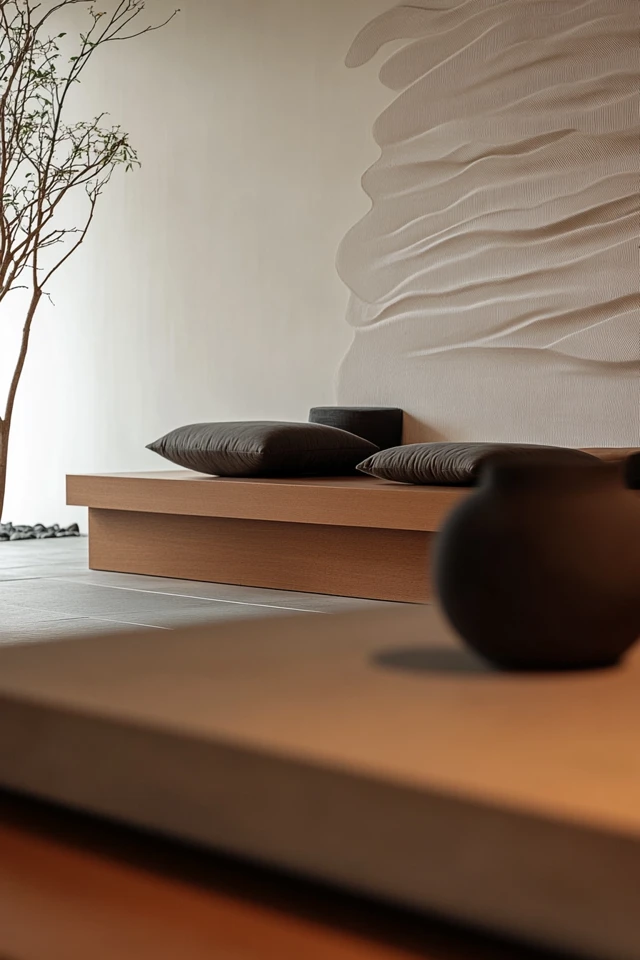
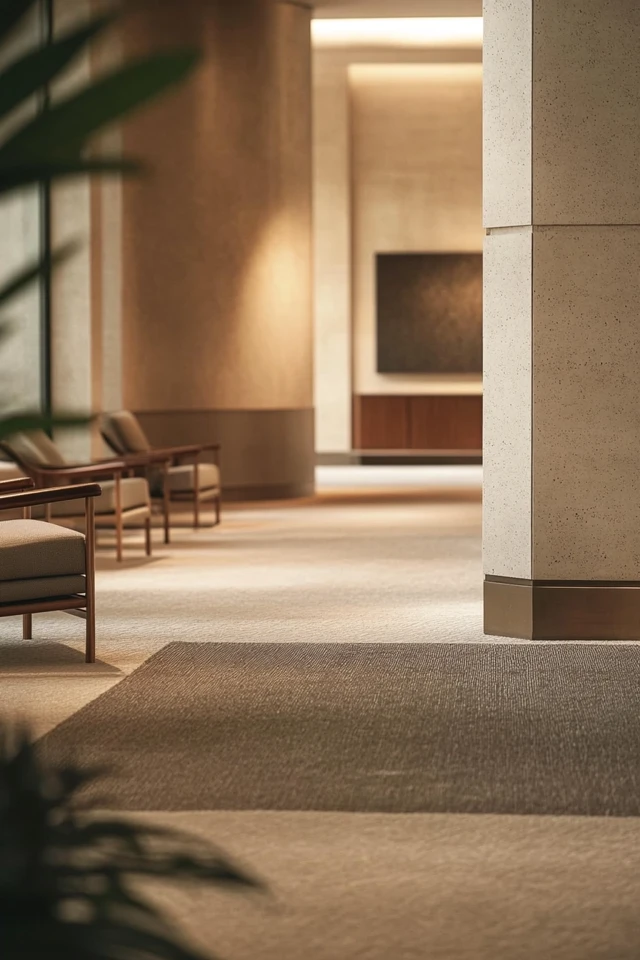
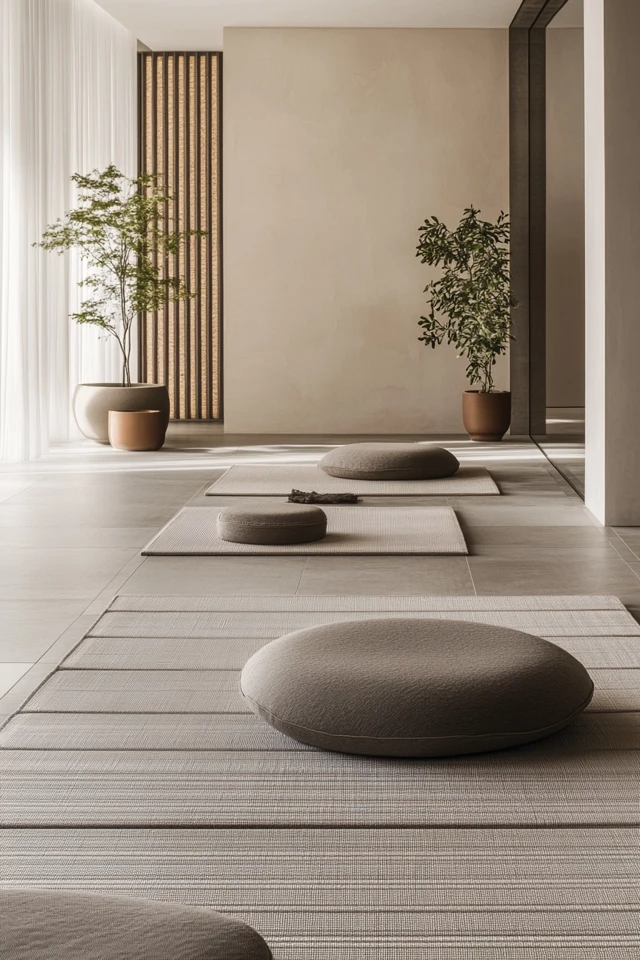
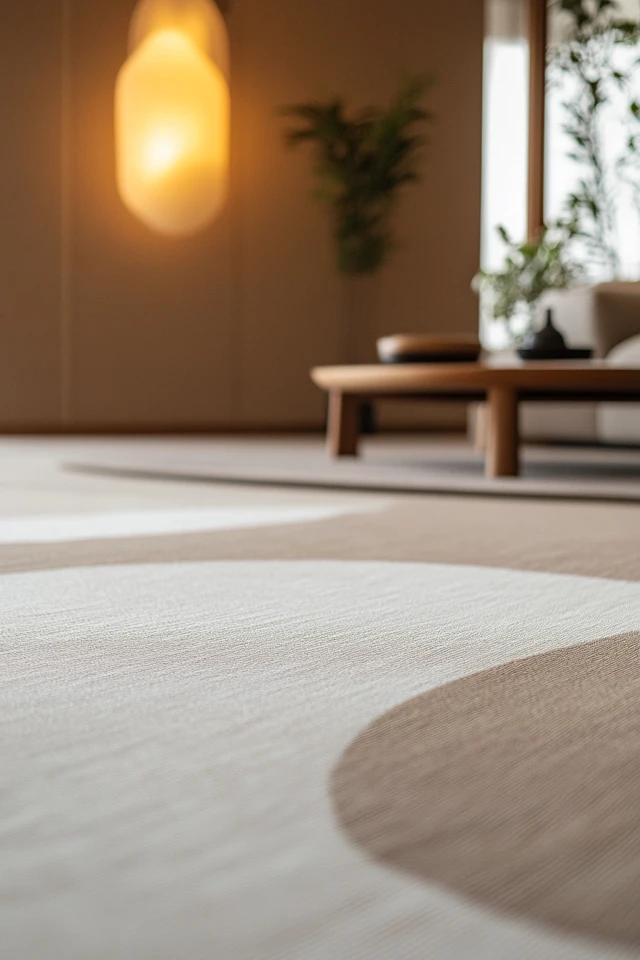
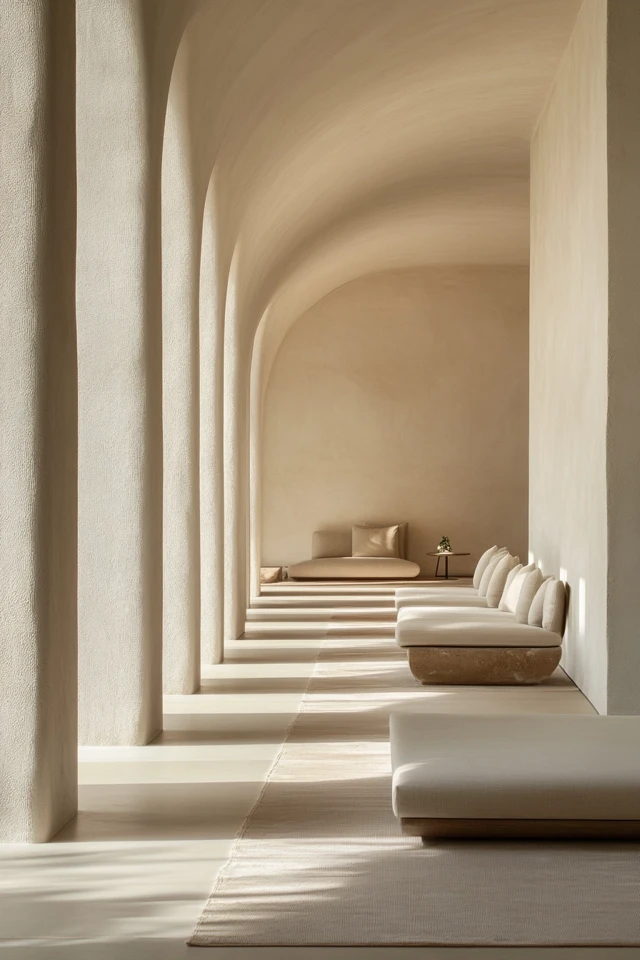
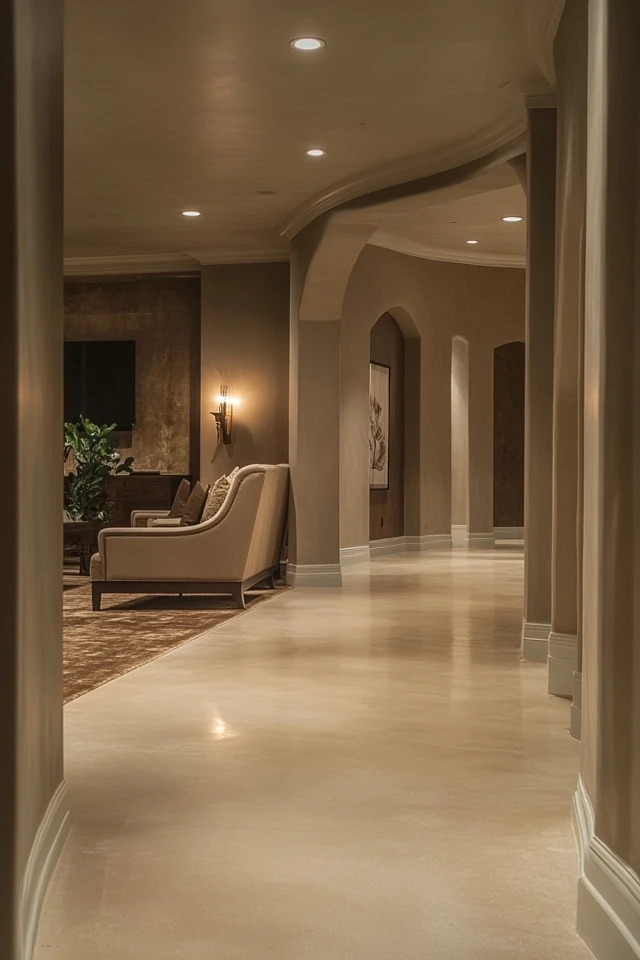
Conclusion
Arranging furniture for better flow is about more than just aesthetics—it’s about creating a space that feels intuitive, functional, and welcoming. By defining the room’s purpose, prioritizing pathways, and balancing the layout, you can make any space work beautifully for your needs.
Remember, there’s no one-size-fits-all formula. Every room and home is unique, so don’t be afraid to experiment and find what works best for you. A well-thought-out layout can transform even the simplest room into a harmonious retreat.
FAQs
1. How much space should I leave between furniture pieces?
Aim for at least 18 inches between seating and coffee tables, and 2-3 feet for walkways around furniture.
2. Can I arrange furniture without a focal point?
Yes, but creating one—like a statement chair, artwork, or rug—helps anchor the layout and improve flow.
3. What’s the best way to arrange furniture in a small room?
Opt for multi-functional pieces, keep pathways open, and use vertical space (e.g., shelves) to avoid overcrowding.
4. How can I make an open-concept space flow better?
Define separate zones with rugs, lighting, or furniture placement, and ensure each area has its own focal point.
5. Should all my furniture match for better flow?
Not necessarily! Mixing styles and finishes can add character—just make sure the pieces complement each other in size, color, and proportion.


